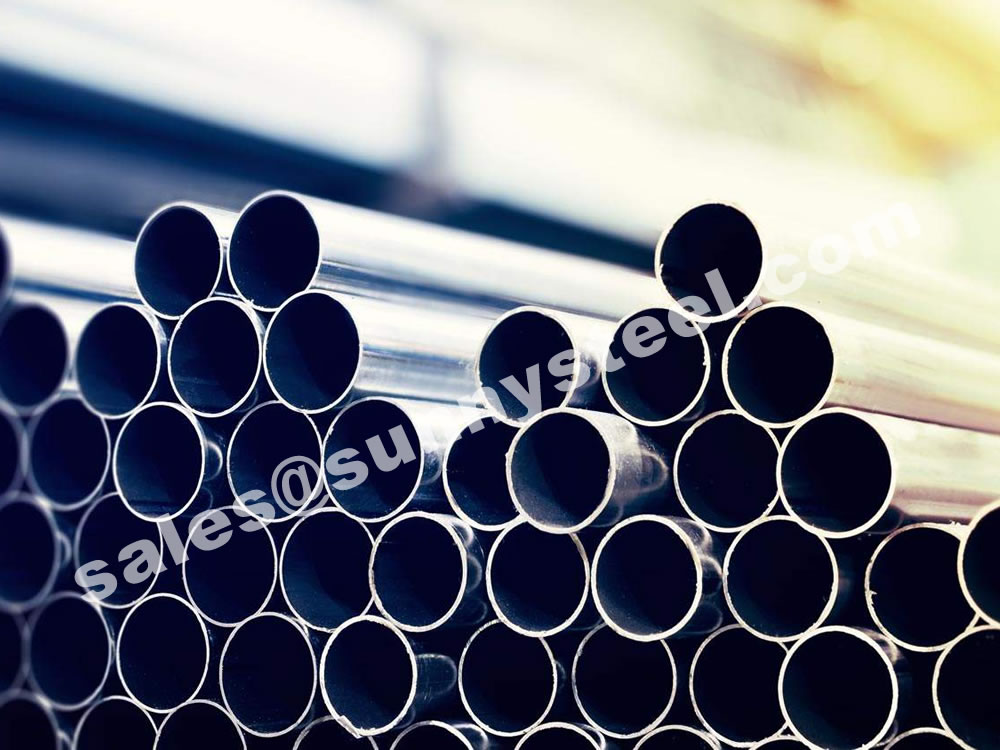
Alloy 317L is a molybdenum-bearing, austenitic chromium nickel steel similar to type 316, except the alloy content in 317L is somewhat higher.
These tubes are commonly used in heat exchangers, condensers, and other applications where efficient heat transfer is required.
It has superior corrosion resistance in special applications where it is desired to reduce contamination to a minimum. 317L was developed primarily to more effectively resist the attack of sulfurous acid compounds. However, its proven ability to combat corrosion has widened its use for many other industrial applications.
Stainless 317 L has a high tensile and creep strength at elevated temperatures. Due to its excellent corrosion resistance it has been used in handling many of the chemicals used by the chemical process industries.
It has a supperior corrosion resistance in special applications where it is desired to reduce contamination to a minimum. 317L was developed primarily to resist more effectively the attack of sulfurous acid compounds. Howerver, its proven ability to combat corrosion has widened its use considerably and is now being used for many other industrial applications.
The low carbon content of 317L provides immunity to intergranular corrosion in applications where heavy cross sections cannot be annealed after welding or where low temperature stress relieving treatments are desired.
317L (00Cr19Ni13Mo3, SUS317L) alloy is based on molybdenum and austenitic stainless steel. It is more resistant to chemical corrosion than normal chrome-nickel austenitic stainless steel, such as 304 alloys. In addition, compared with conventional stainless steel, 317L alloys have higher ductility, anti-stress corrosion, compressive strength and high temperature resistance. It is a low carbon grade or L rating, which has the ability to resist sensitization during welding and heat treatment.
| TYPE | AVAILABILITY |
|---|---|
| Weld Pipe | 1/2" - 12" |
| Seamless Pipe | 1/2" - 8" |
| Butt-Weld Fittings | 1/2" - 12" |
| Flanges | 1/2" - 12" |
| Bar | 1" - 8" |
| Grade | 317 | 317L |
|---|---|---|
| UNS Designation | S31700 | S31703 |
| Carbon (C) Max. | 0.08 | 0.035* |
| Manganese (Mn) Max. | 2.00 | 2.00 |
| Phosphorous (P) Max. | 0.040 | 0.04 |
| Sulphur (S) Max. | 0.03 | 0.03 |
| Silicon (Si) Max. | 1.00 | 1.00 |
| Chromium (Cr) | 18.0–20.0 | 18.0–20.0 |
| Nickel (Ni) | 11.0–14.0 | 11.0–15.0 |
| Molybdenum (Mo) | 3.0–4.0 | 3.0–4.0 |
| Nitrogen (N) | — | — |
| Iron (Fe) | Bal. | Bal. |
| Other Elements | — | — |
| Material | Ultimate Tensile Strength (Mpa) | 0.2 % Yield Strength (Mpa) |
% Elongation in 2" | Rockwell B Hardness |
|---|---|---|---|---|
| Alloy 317 | 515 | 205 | 35 | 95 |
| Alloy 317L | 515 | 205 | 40 | 95 |
| Minimum Mechanical Properties by ASTM A240 and ASME SA 240 | ||||
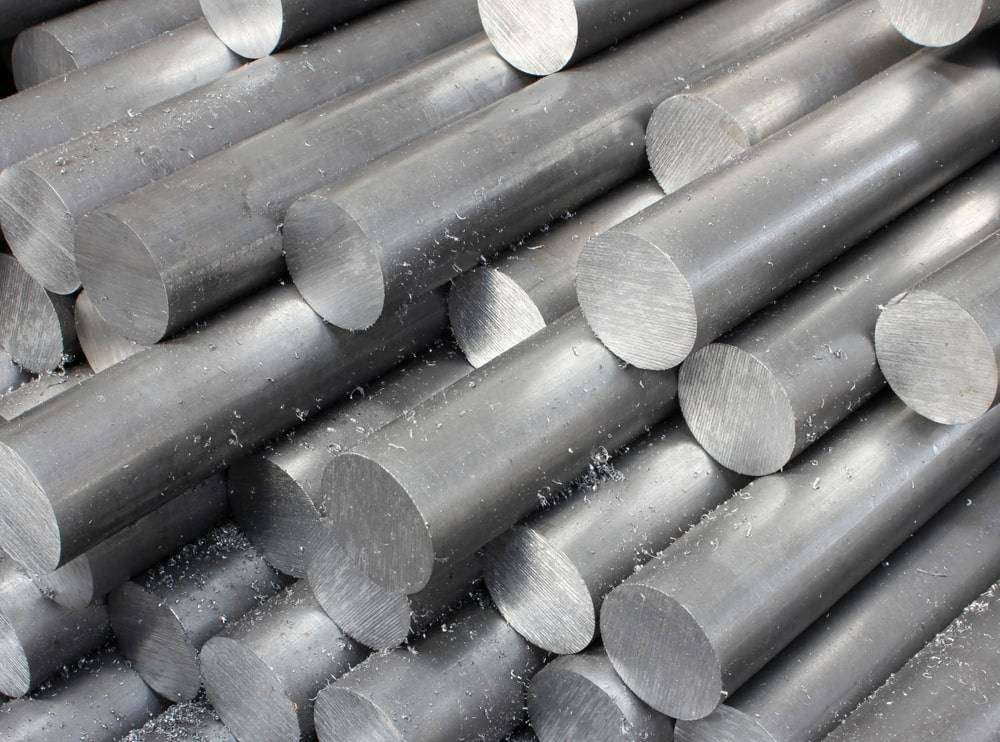
Our stainless steel bar stock lengths range from the industry standard 12' to 28' long. For projects requiring long lengths of stainless steel bar, our stock ranges from 20'-28' R/L.
Best Stainless now stocks Stainless Steel 317 and 317L, enhanced with higher Chromium-Nickel-Molybdenum for improved properties.
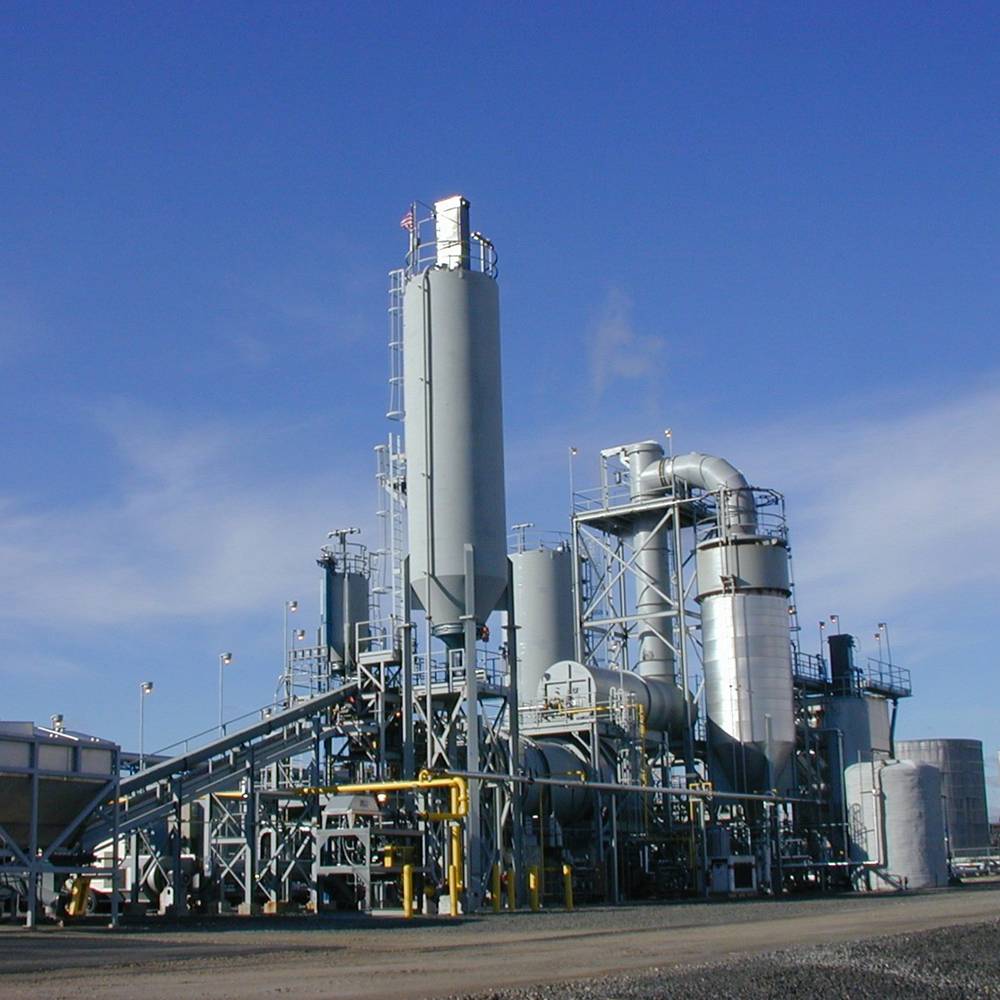
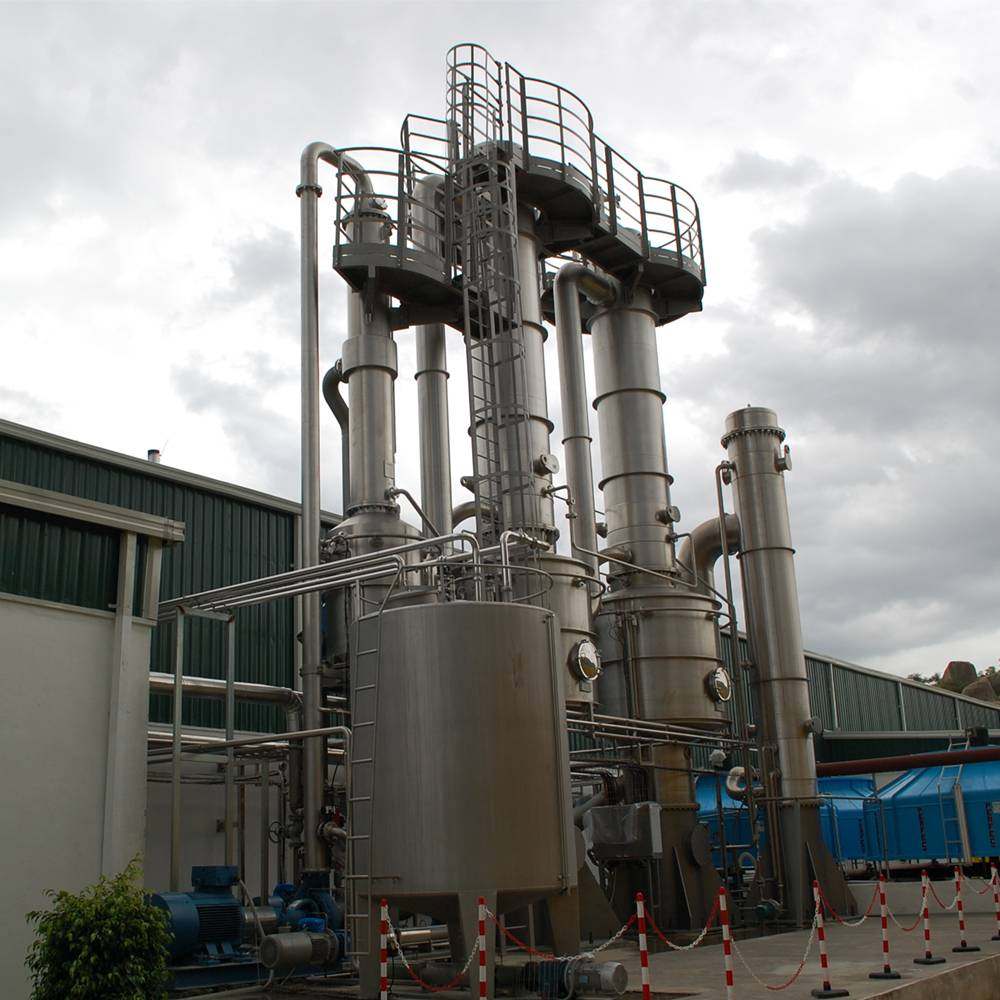
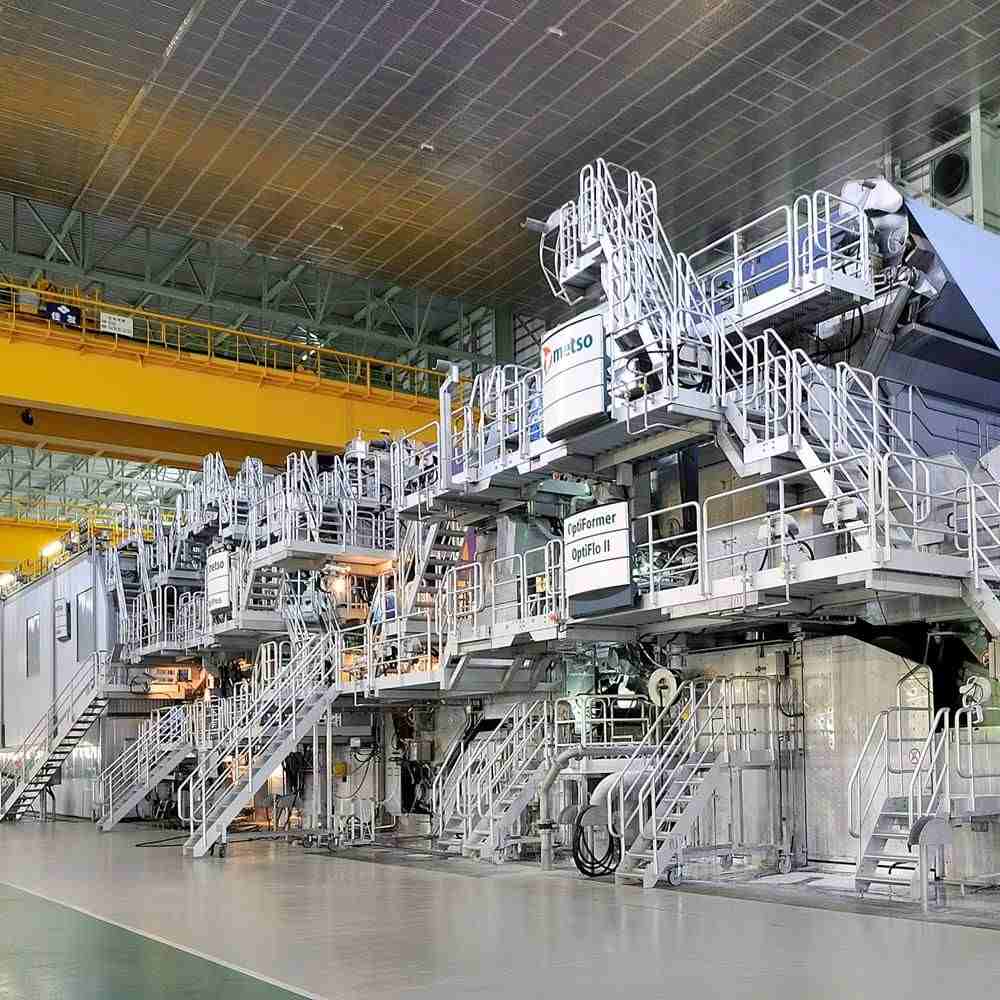
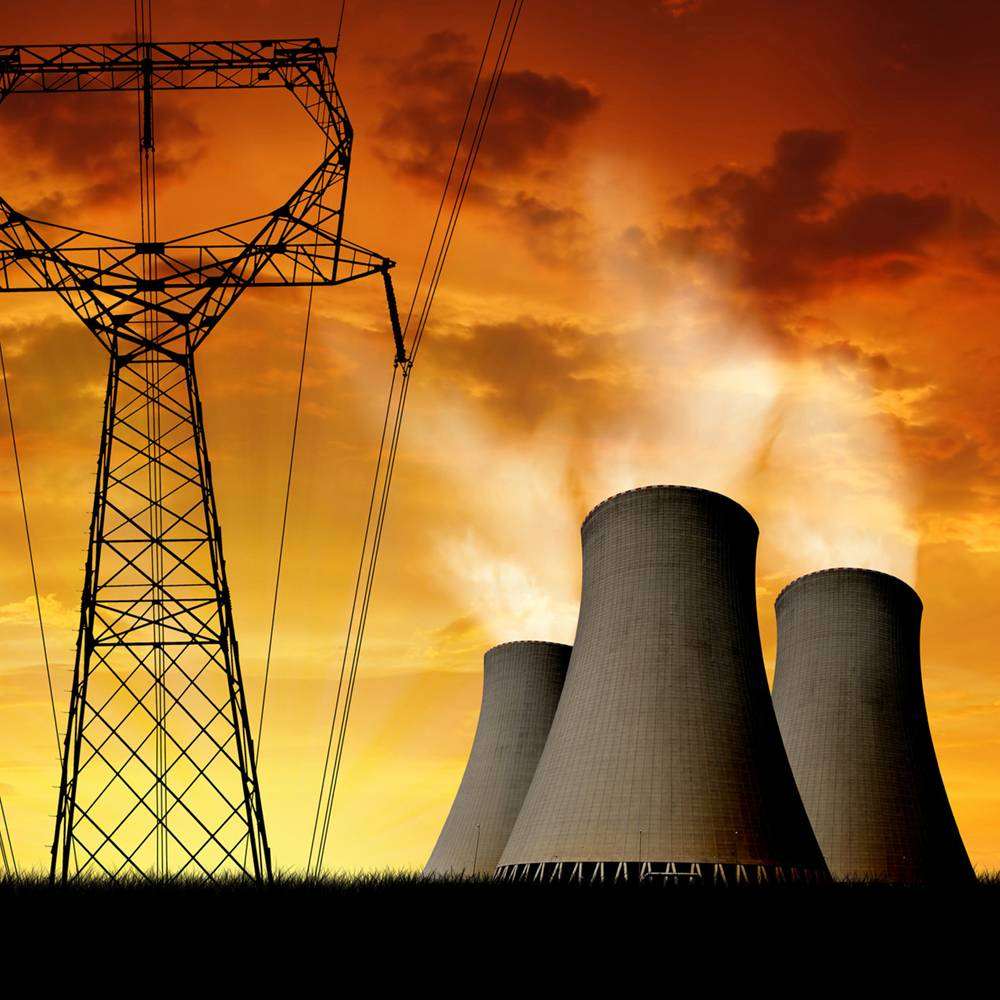
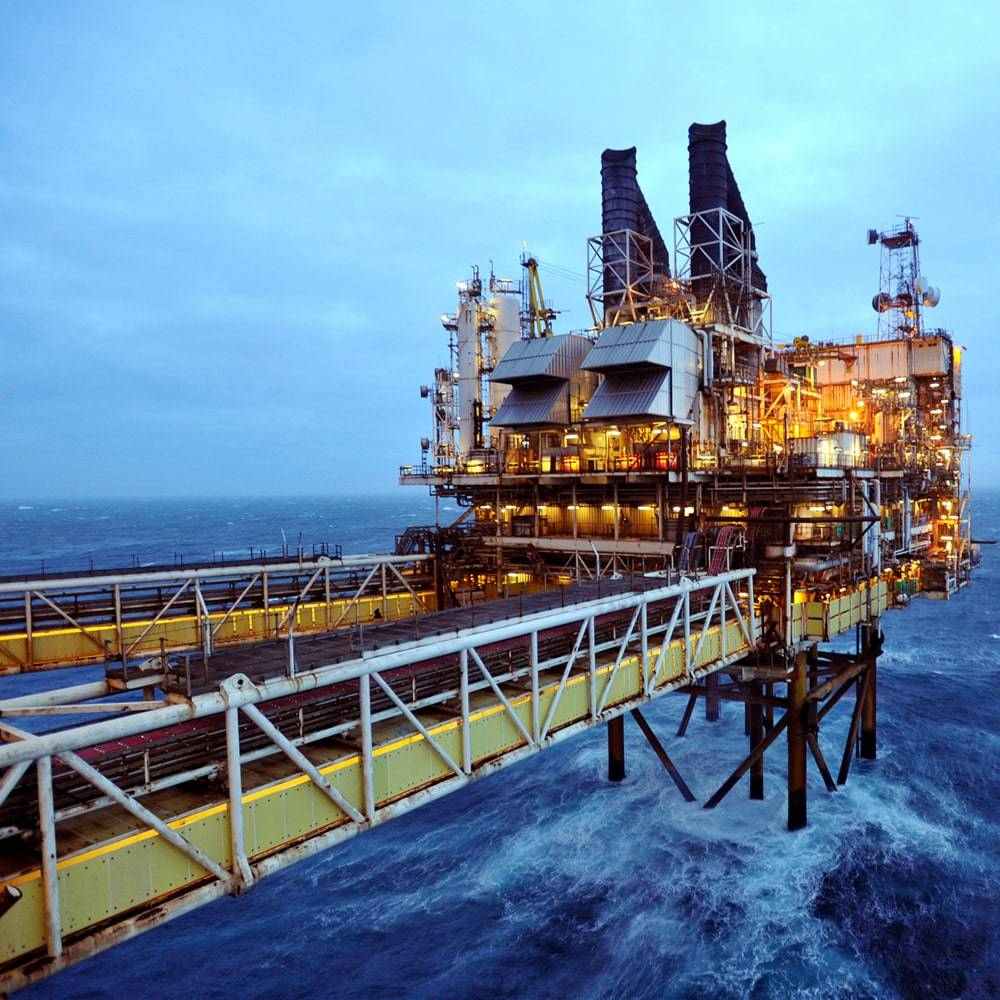
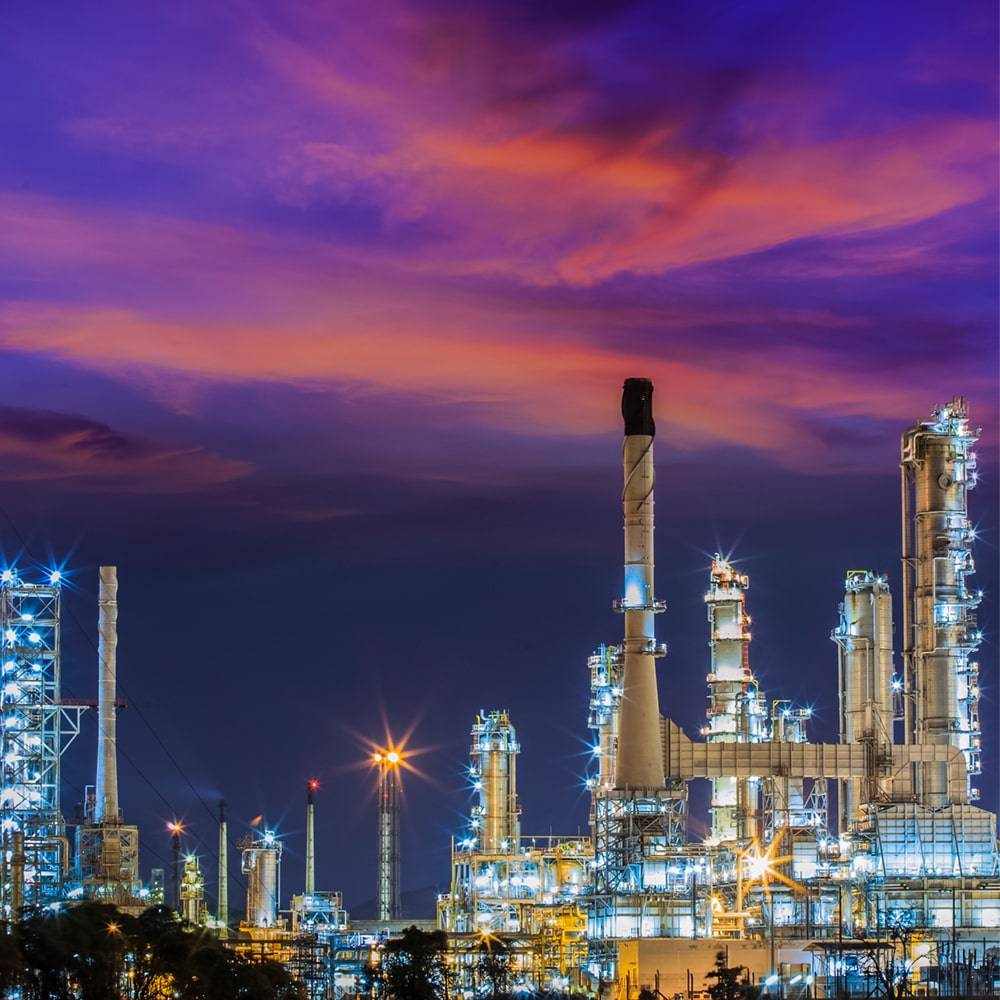

When you partner with Sunny Steel, you can stop worrying about meeting deadlines thanks to our responsive and timely service. You'll also say goodbye to unnecessary shopping around. Instead, you'll get white glove service from an expert who understands your needs and can get you the materials you need quickly.
